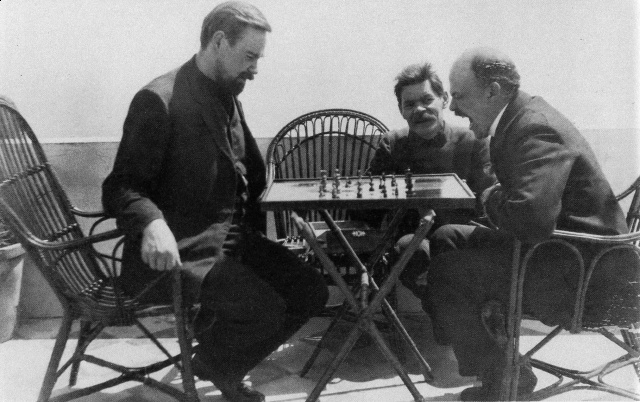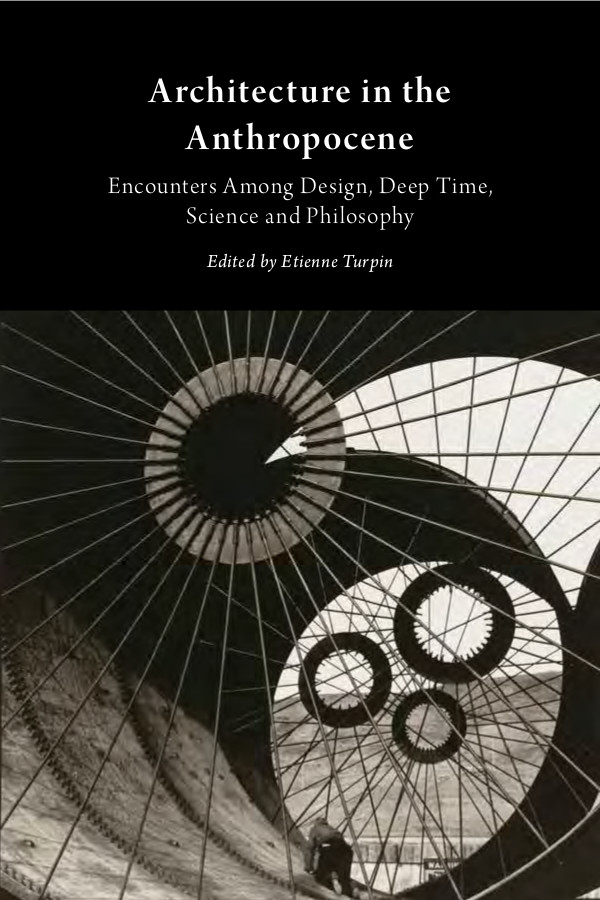Tomáš Štraus: Umenie dnes: pokus o kritickú esej (1968) [Slovak]
Filed under book | Tags: · 1960s, abstract art, aesthetics, art, art criticism, art history, art theory, avant-garde, constructivism, intermedia art, modernism, op art, science, suprematism, surrealism, tachisme

A critical review of the arts of the 1960s by the Slovak art theorist and historian Thomas Strauss (1931–2013).
“Je ťažké, ba priam nemožné rozlíšiť, kde končí sféra dejín prekračujúcich prah čerstvej až najčerstvejšej súčasnosti. Nejde tu len o nový, ustavične sa rozmnožujúci a neohraničený materiál, ktorý ešte nestačil vykryštalizovať a primerane spevnieť, aby sa mohol stať predmetom chladnej analytickej vedeckej pozornosti. Ide predovšetkým o stanovisko a metódu. Predkladaná práca sa hlási k dedičstvu — ako sa u nás doposiaľ hnevlivo hovorí — ‘neobjektívnych’ a ‘nehistorických’, to znamená horúcou ihlou bezprostredného zážitku zošívaných prieskumov novej tvorby. Od Herberta Reada po povedzme Jindřicha Chalupeckého (ktorému som navyše zaviazený i za konkrétne pripomienky k rukopisu) je veľký rozptyl autorov, ktorí v posledných desaťročiach uvažujú o umení — dnes. Priznávam sa k tejto tradícii programovo už i vlastným titulom práce.” (from the Foreword)
With Russian and English summaries (pp 159-162 & 163-165)
Publisher Vydavateľstvo politickej literatúry, Bratislava, February 1968
Volume 2 of Monoskop Unlimited Edition series
185 pages
Interview with the author (Daniel Grúň, Kritika & Kontext, 2005, in Slovak)
PDF (70 MB, no OCR)
Comment (1)Alexander Bogdanov: Tektology (1913–) [Russian, English]
Filed under book | Tags: · cognition, marxism, organization, philosophy, science, systems theory, tektology

Bogdanov playing chess with Lenin during a visit to Gorky on Capri, Italy, April 1908. (source)
Tektology is a term used by Alexander Bogdanov to describe a discipline that consisted of unifying all social, biological and physical sciences by considering them as systems of relationships and by seeking the organizational principles that underlie all systems.
Bogdanov’s work on tektology, published in Russia in two volumes in 1913 and 1917, anticipated many of the ideas that were popularized later by Norbert Wiener in Cybernetics and Ludwig von Bertalanffy in the General Systems Theory. There are suggestions that both Wiener and von Bertalanffy might have read the German edition of Tektology which was published in 1928. (from Wikipedia)
In Bogdanov’s philosophical endeavours there was one very important motive: from his point of view the philosophy of Marxism should be a philosophy of modern natural science and in this respect he acted in full accordance with Engels’ thesis that “with each epochal discovery, even in the natural-historical field, materialism should inevitably change its form.” (from the Foreword)
English edition
Publisher Intersystems Publications, Seaside/CA, 1980
265 pages
Russian edition
First published as The Universal Science of Organization (Tektologia), 1913-1917
This edition: Tektologia: Universal Organizational Science
Publisher Ekonomika, Moscow, 1989
303 and 352 pages
English edition
Foreword by Vadim N. Sadovsky and Vladimir V. Kelle
Edited with an Introduction by Peter Dudley
Translated by Vadim N. Sadovsky, Andrei Kartashov, Vladimir V. Kelle and Peter Bystrov
Publisher Centre for Systems Studies, University of Hull, 1996
ISBN 0859588769
322 pages
via Ken
Aleksandr Bogdanov and Systems Theory (Arran Gare, Democracy & Nature, 2000)
Against Social Determinism (McKenzie Wark, Public Seminar, 2013)
Essays in Tektology (English, trans. George Gorelik, 1980, added on 2013-12-23, via Marcell Mars)
Essays in Tektology, 2nd ed. (English, trans. George Gorelik, 1984, added on 2014-3-25, via Marcell Mars)
Тектология. Всеобщая организационная наука. том 1 (Russian, 1989, DJVU)
Тектология. Всеобщая организационная наука. том 2 (Russian, 1989, DJVU)
Bogdanov’s Tektology, Book 1 (English, trans. Vadim N. Sadovsky et al, 1996)
See Monoskop wiki for further writings of Bogdanov.
Comments (2)Etienne Turpin (ed.): Architecture in the Anthropocene: Encounters Among Design, Deep Time, Science and Philosophy (2013)
Filed under book | Tags: · anthropocene, architecture, climate, climate crisis, design, earth, ecology, geology, meteorology, philosophy, science, time, weather

“Research regarding the significance and consequence of anthropogenic transformations of the earth’s land, oceans, biosphere and climate have demonstrated that, from a wide variety of perspectives, it is very likely that humans have initiated a new geological epoch, their own. First labeled the Anthropocene by the chemist Paul Crutzen, the consideration of the merits of the Anthropocene thesis by the International Commission on Stratigraphy and the International Union of Geological Sciences has also garnered the attention of philosophers, historians, and legal scholars, as well as an increasing number of researchers from a range of scientific backgrounds. Architecture in the Anthropocene: Encounters Among Design, Deep Time, Science and Philosophy intensifies the potential of this multidisciplinary discourse by bringing together essays, conversations, and design proposals that respond to the “geological imperative” for contemporary architecture scholarship and practice.”
Contributors include Nabil Ahmed, Meghan Archer, Adam Bobbette, Emily Cheng, Heather Davis, Sara Dean, Seth Denizen, Mark Dorrian, Elizabeth Grosz, Lisa Hirmer, Jane Hutton, Eleanor Kaufman, Amy Catania Kulper, Clinton Langevin, Michael C.C. Lin, Amy Norris, John Palmesino, Chester Rennie, François Roche, Ann-Sofi Rönnskog, Isabelle Stengers, Paulo Tavares, Etienne Turpin, Eyal Weizman, Jane Wolff, Guy Zimmerman.
Publisher Open Humanities Press, December 2013
Critical Climate Change series
Creative Commons Attribution Non-Commercial No-Derivatives 3.0 Licence
ISBN 1607853078, 9781607853077
250 pages
HTML (added on 2016-7-19)
PDF, PDF, PDF (10 MB, updated on 2016-7-19)

